NOTE: If you have access to a Google Cardboard, view this video in the Youtube App to make it immersive!
Research
Hurricane Sandy struck New York City and the surrounding area in October 2012, leaving nearly one million homes without power and displacing over 30 thousand residents whose homes were too damaged to be safe during the cold fall.
Our initial briefing for this project was to design a flood intervention for the residents of Red Hook, a waterfront neighborhood of Brooklyn that suffered greatly during Hurricane Sandy and that remains at risk for inevitable future flooding.
This research phase took us out to the site, where we looked at the still-visible damage from Hurricane Sandy and the minimal flood protection that has been put in place since then.
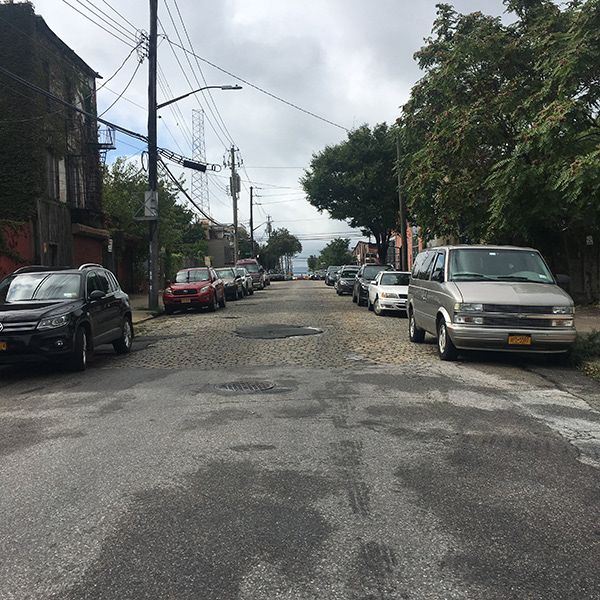
Cobbled streets led down to the water, without any flood protection
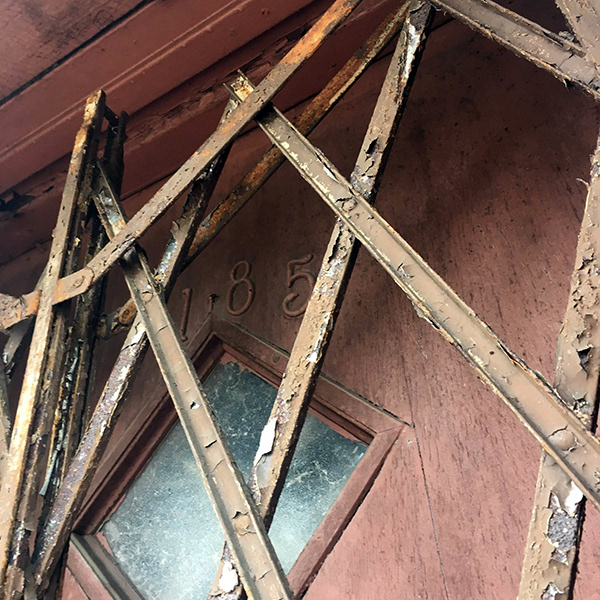
Many doorways looked permanently shut and abandoned
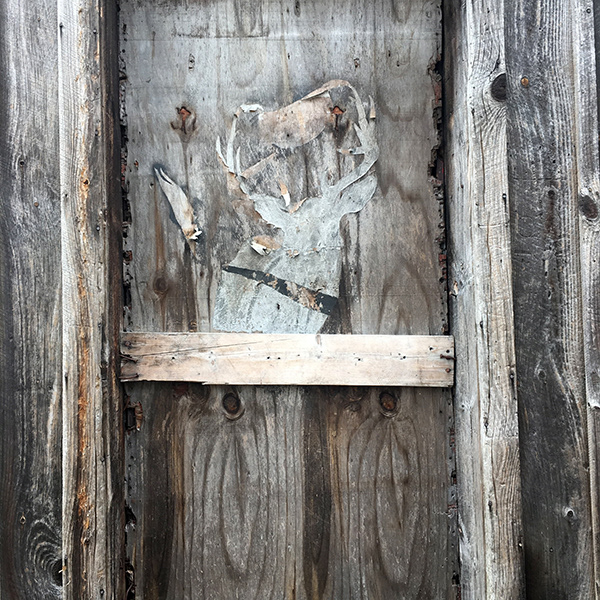
A stag carving, barely visible

Images of Sandy showed water nearly halfway up those doors
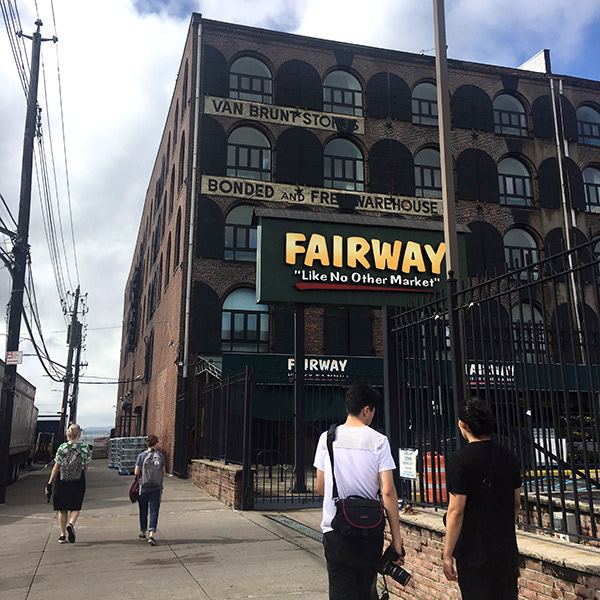
The Fairway is a waterfront destination and grocery store
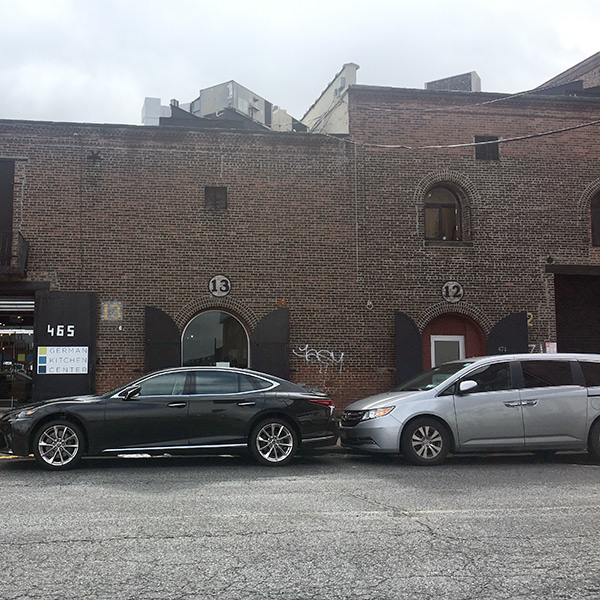
But its street was flooded nearly as high as these bay doors
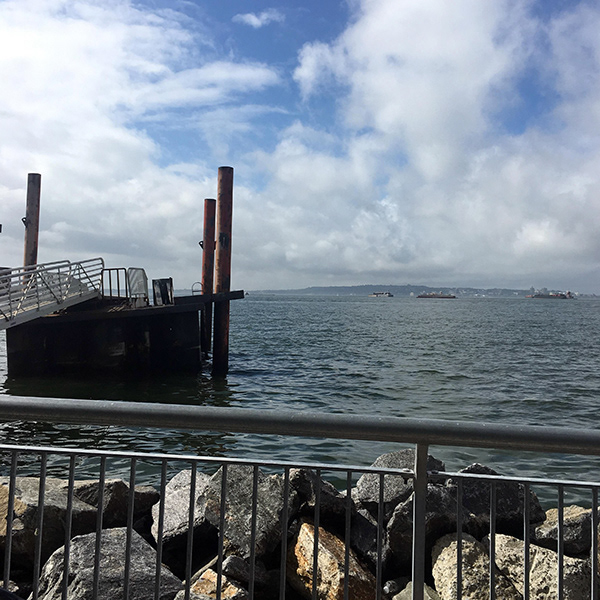
Looking out at East River
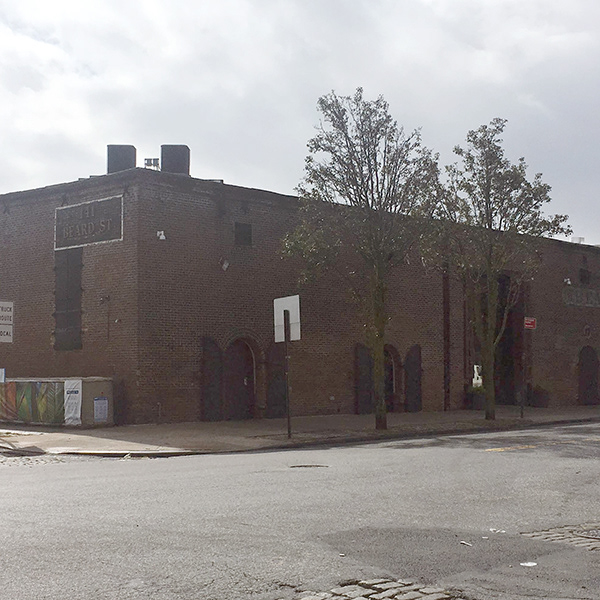
The left side of this image shows some of the flood barriers put in place post-Sandy
However, our site visit left us uncertain of where in Red Hook to intervene, especially as outsiders. Meanwhile, our secondary research kept pointing us to one big insight about natural disasters: the safest place to be when disaster strikes... is not where disaster strikes.
We also learned that person-to-person hosting networks, like Airbnb and Craigslist, were a vital-but-underappreciated part of the recovery process after Hurricane Sandy.
We also found precedence and a potential partner in Airbnb's Open Homes initiative, seen most recently in action during the California Wildfires.
Response
With this driving insight, we decided to create an immersive experience to call more hosts to action.
Harbor NYC is our proposed organization to bring a series of 360 videos to hosts living in flood-safe areas close to flood zones.
Our organization would show these video experiences at monthly Airbnb host meetups, which are held in different New York City neighborhoods, because it is important that the experience be brought to people where they already are. We also hope that the impact of the experience will be greater when it is shown in this context and among peers. The video would also exist on YouTube and Harbor NYC's website, so that anyone can access it and share it outside of an event.
Designing the experience
Below is the storyboard we created for our debut 360 video experience, A Glimpse of Leaving. I worked on this storyboard, along with Ellen.
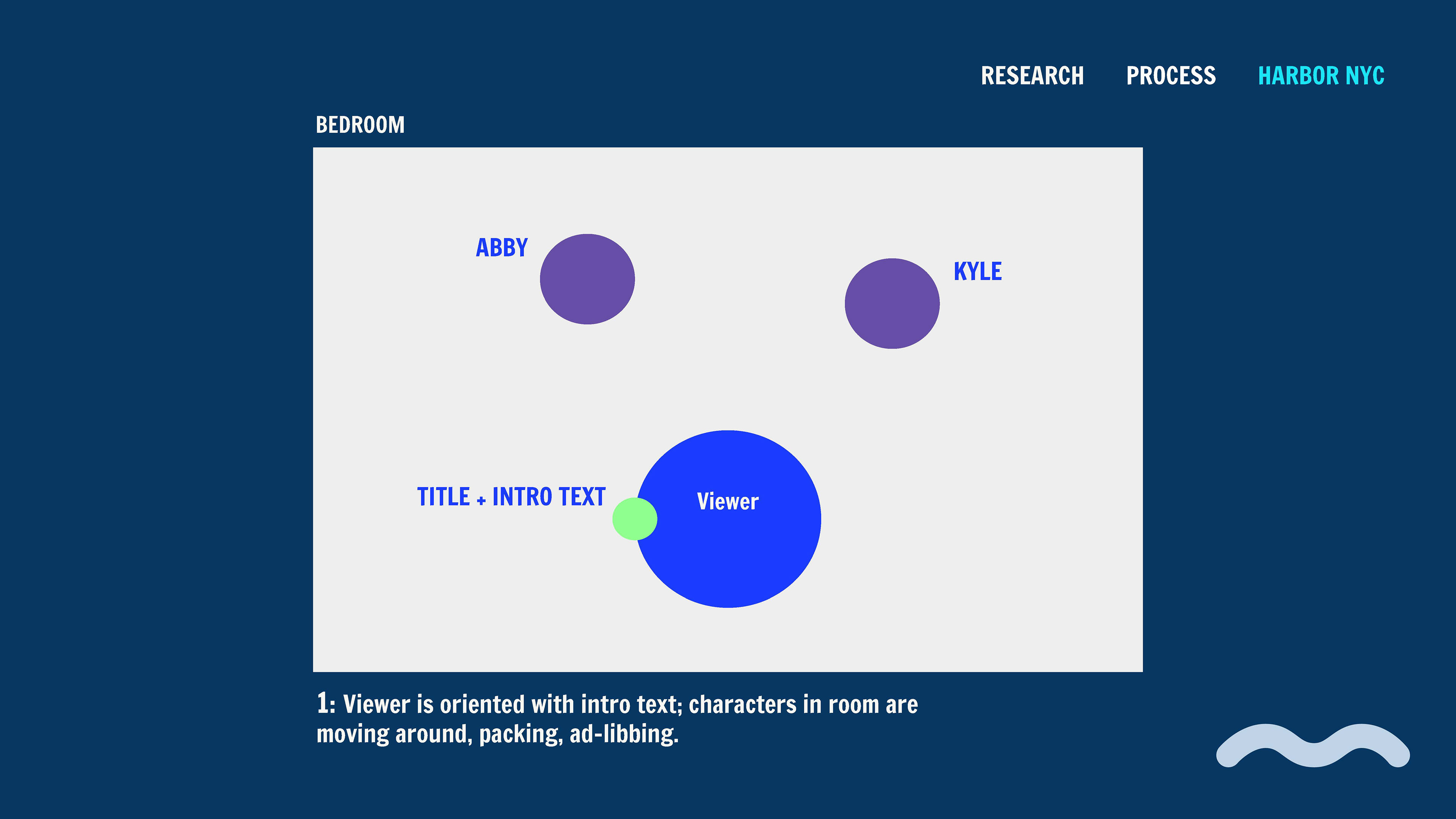
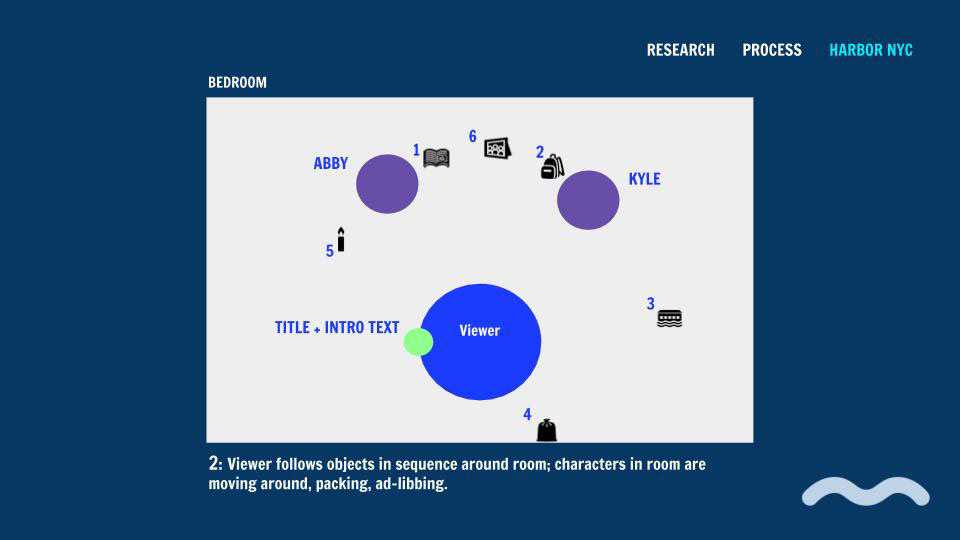
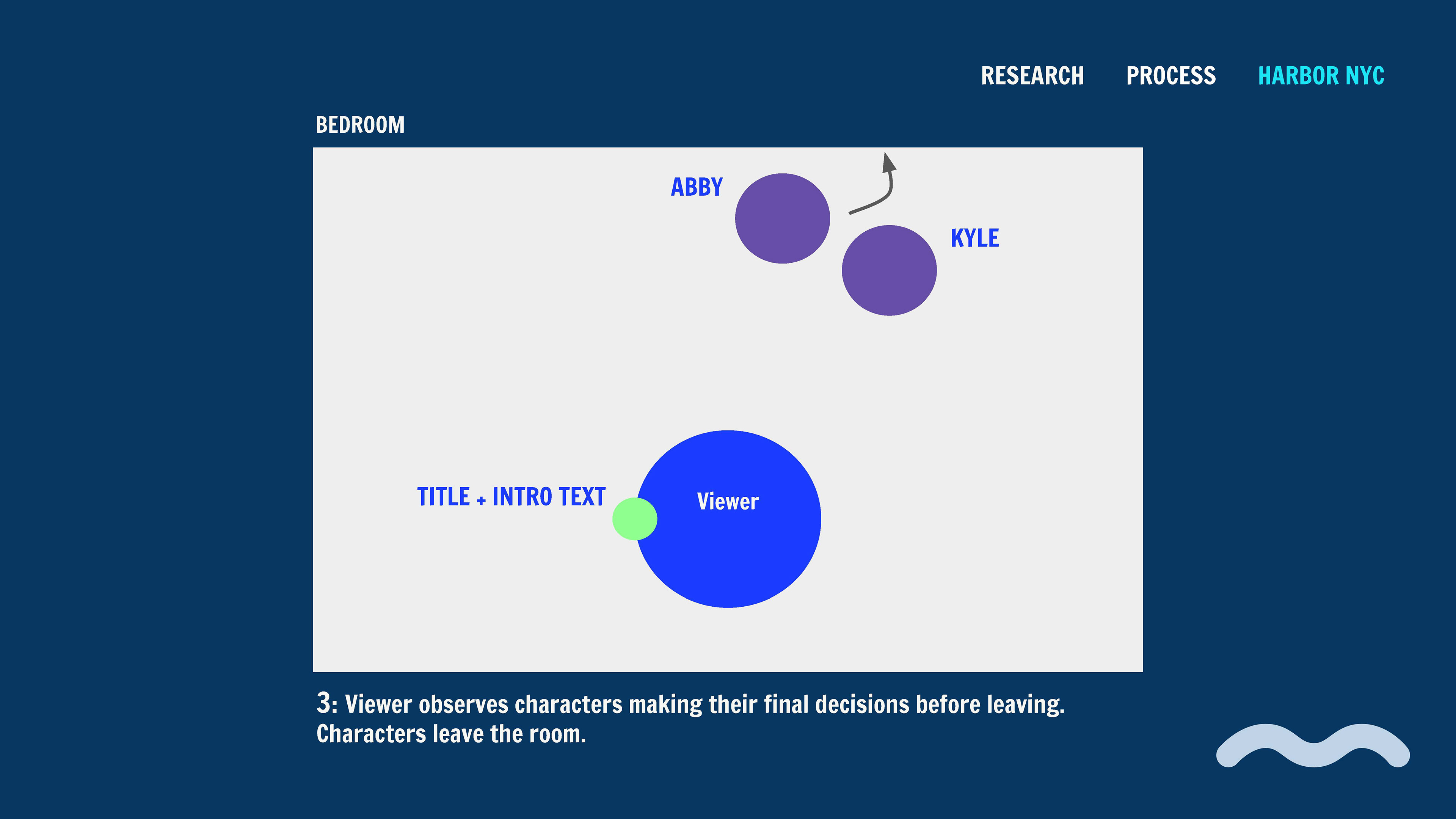
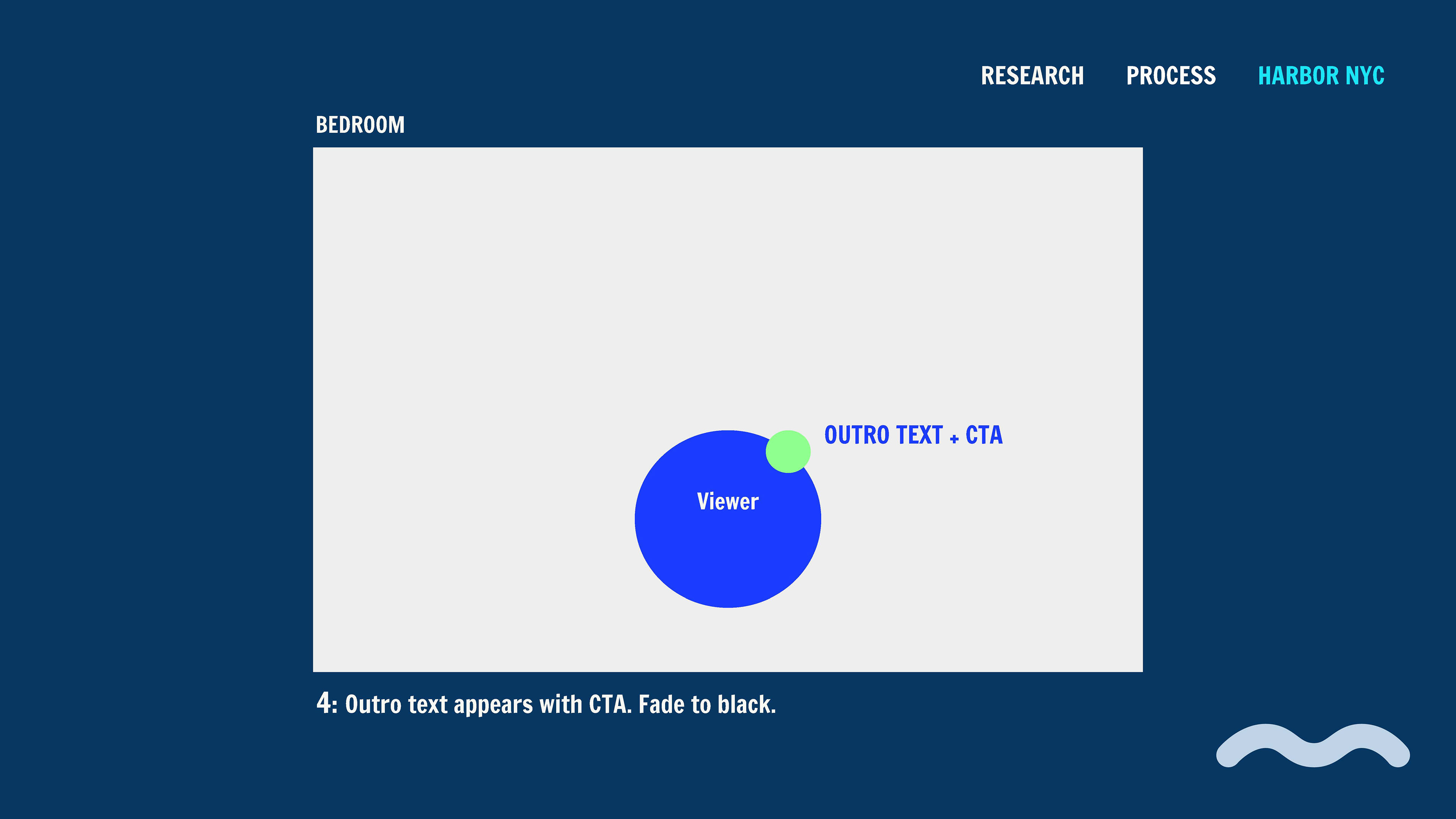
Below is the user journey for participants from discovery to action. Carly designed this this journey chart, and we all worked on the strategy.
Process
We went through a number of concept iterations to simultaneously learn new softwares while producing compelling experience design. Though we explored VR and AR tools, we ultimately found 360 video to be the best fit for both our team and intended outcomes.
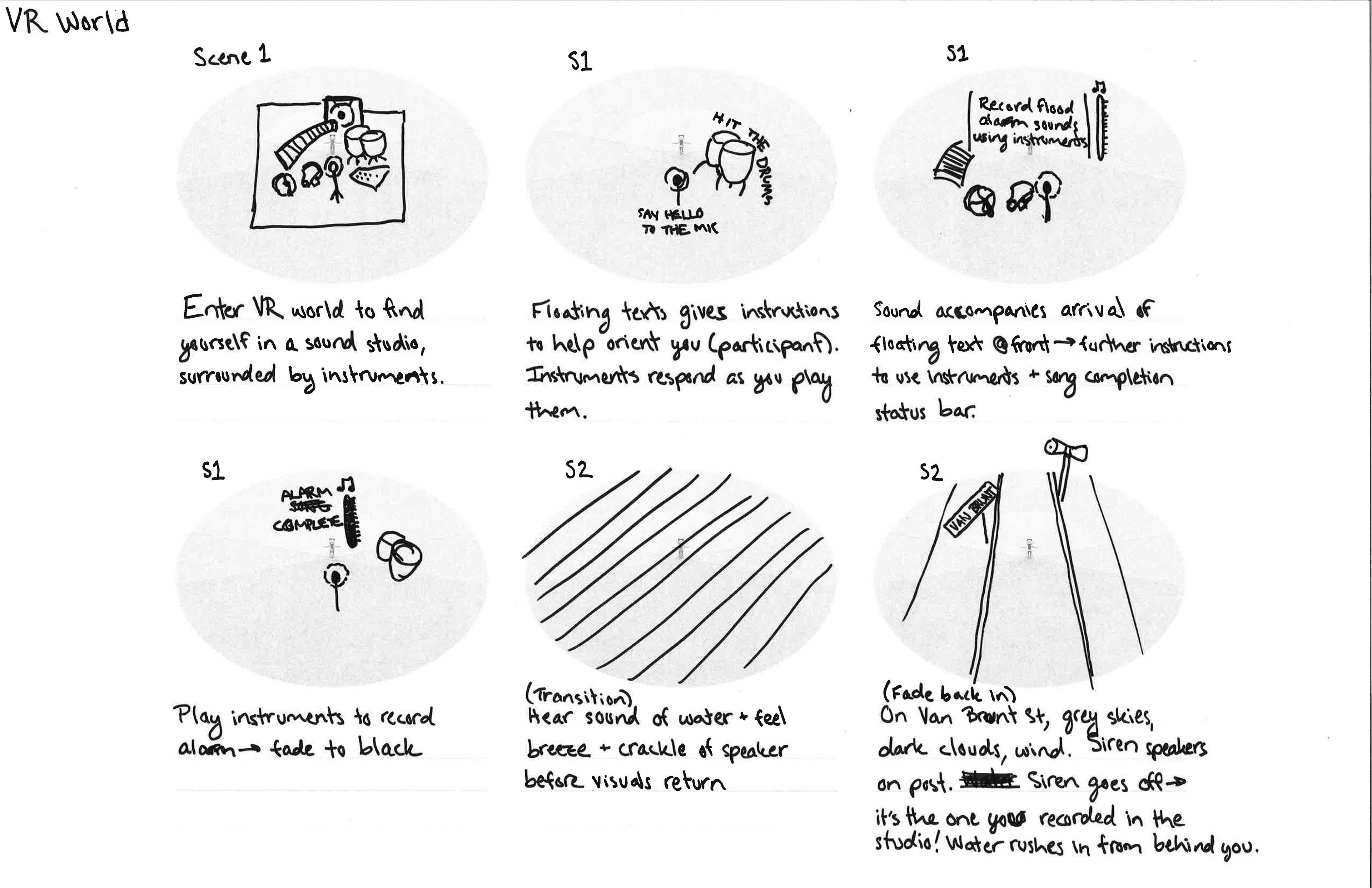
I sketched this storyboard for one of our initial concepts

It helped to have a storyboard for the real-world part of the VR experience, as well as for the experience in VR-world
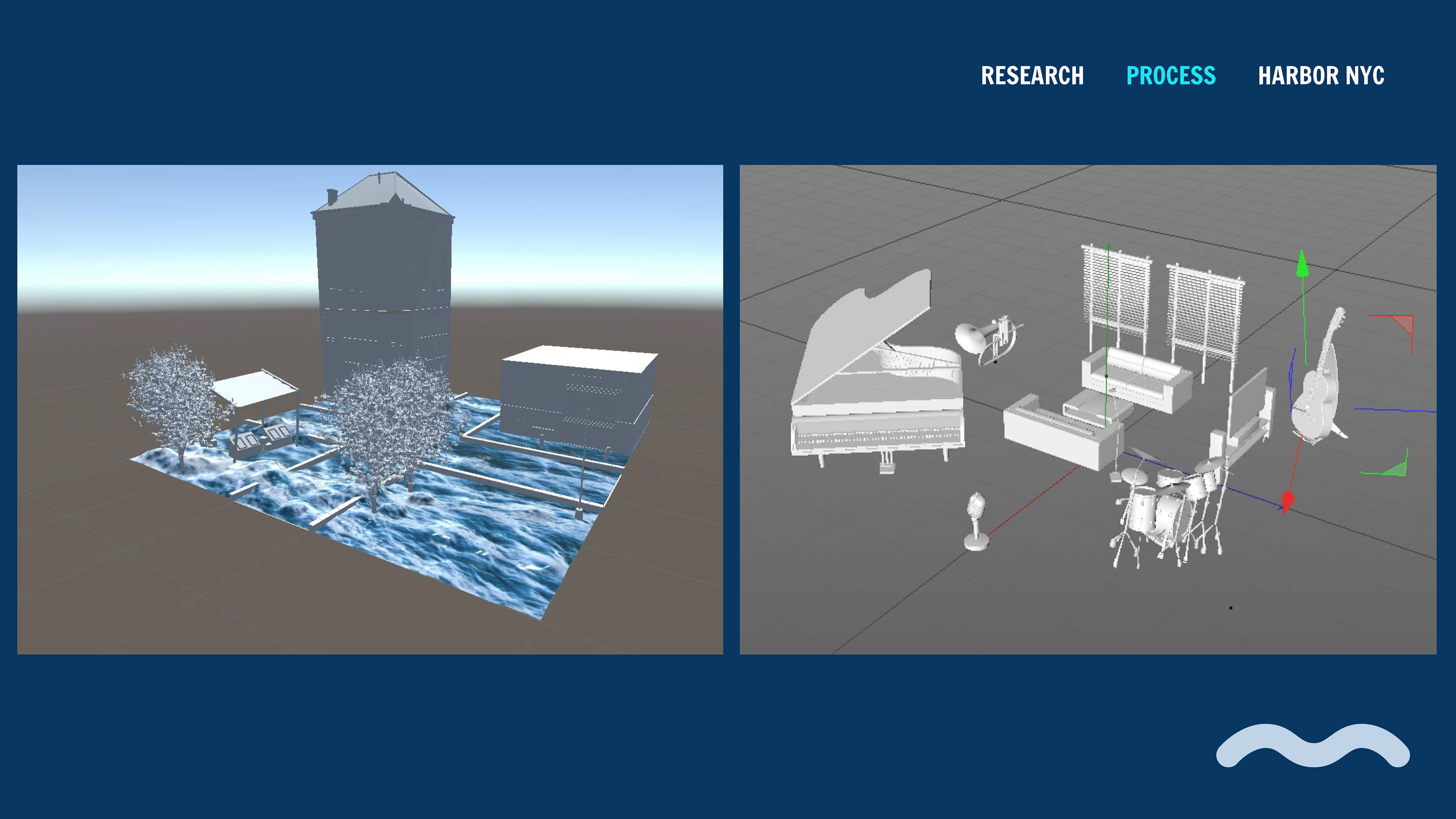
Some of our initial work involved creating a flood animation in the VR software Unity, as well as designing a sound studio in Cinema 4D
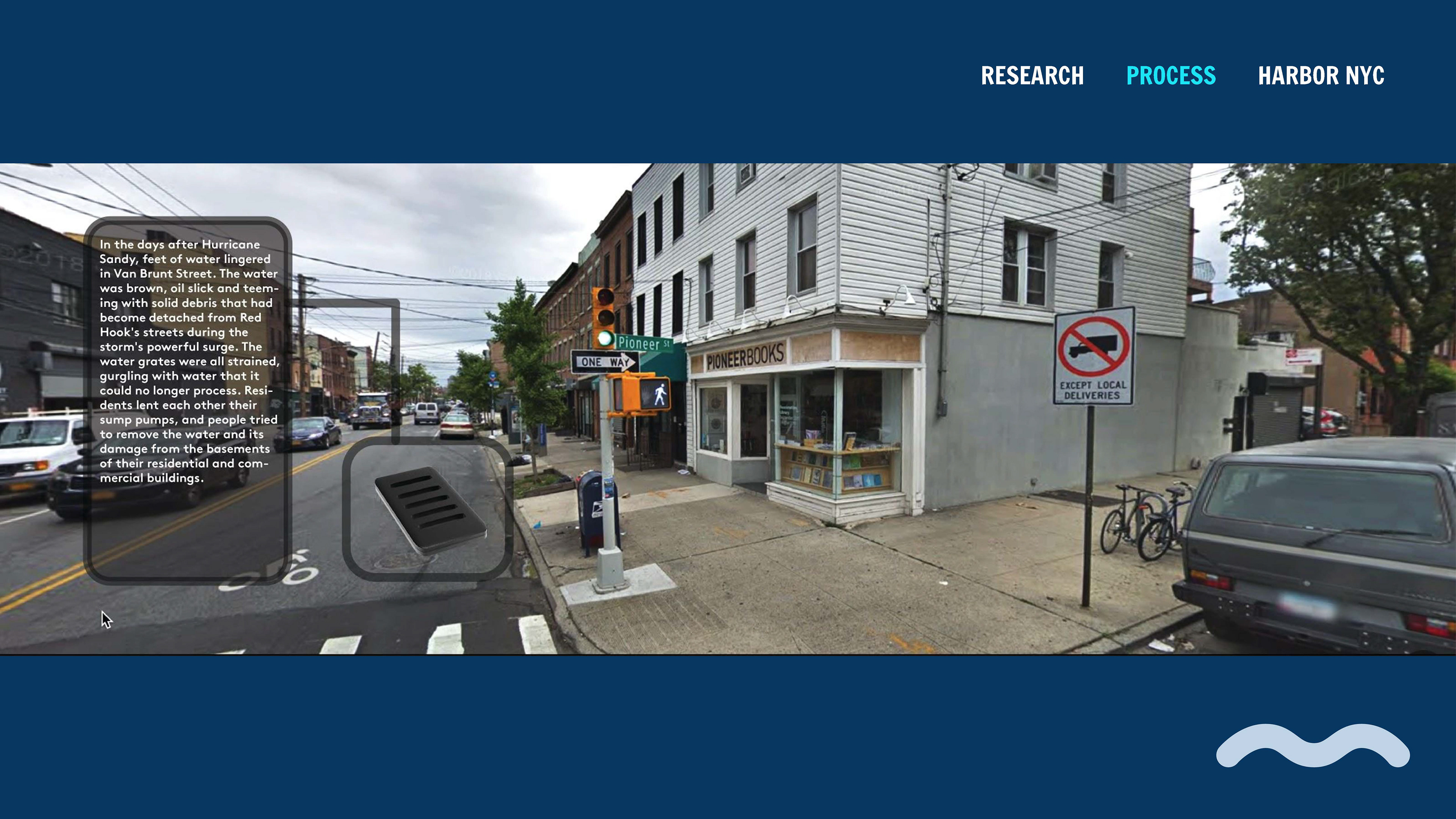
We also prototyped an AR, interactive storytelling experience
This process gave me an introduction to Unity, a software used by industry professionals to create virtual reality experiences. While the effort-to-return ratio proved to be way too high in the end, I was able to learn through self-guided study how to do a number of actions in this software, including creating a first-person character and a flooded landscape for that character to navigate.
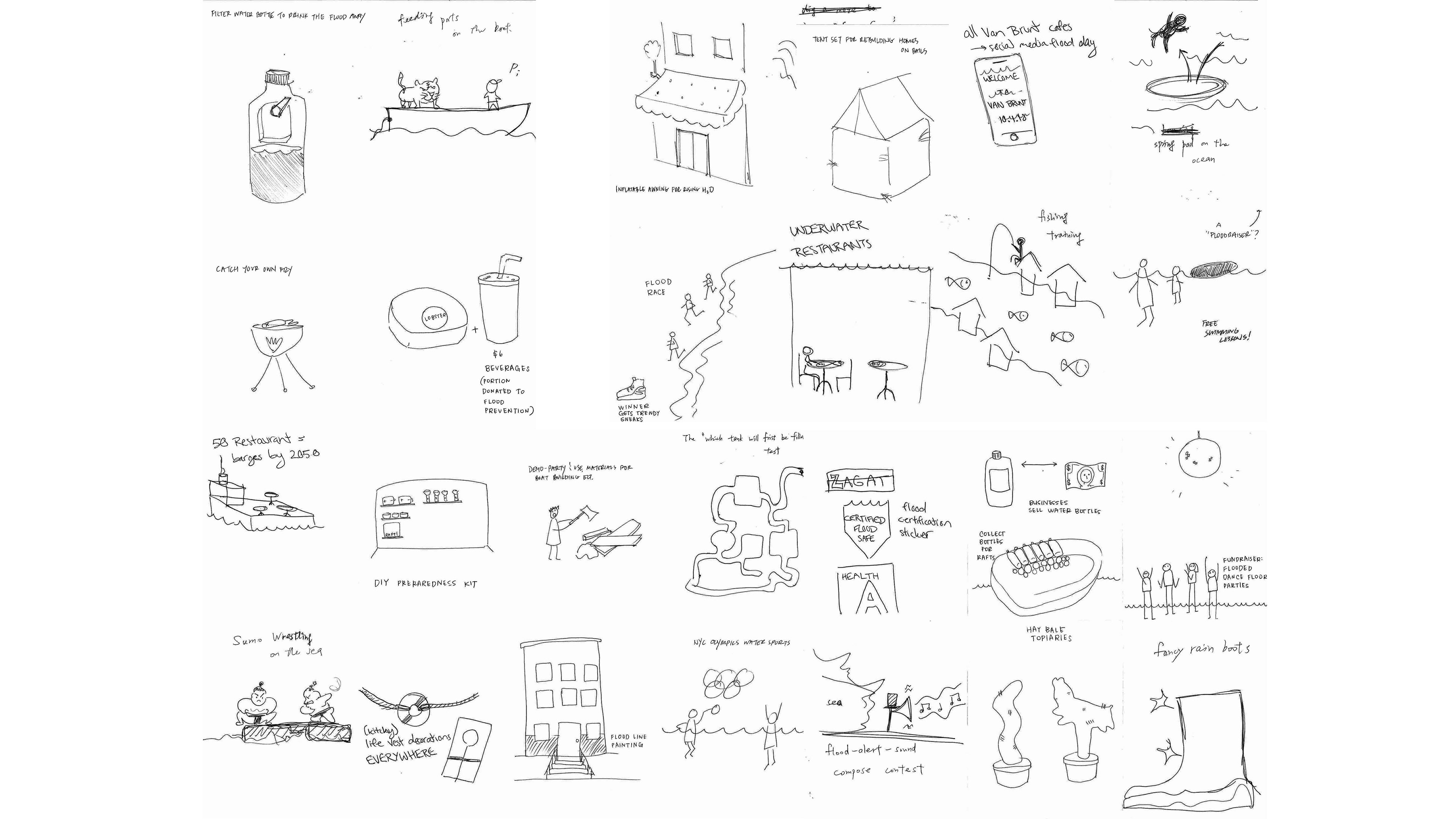
Sketches from a "Crazy 8s" ideation session
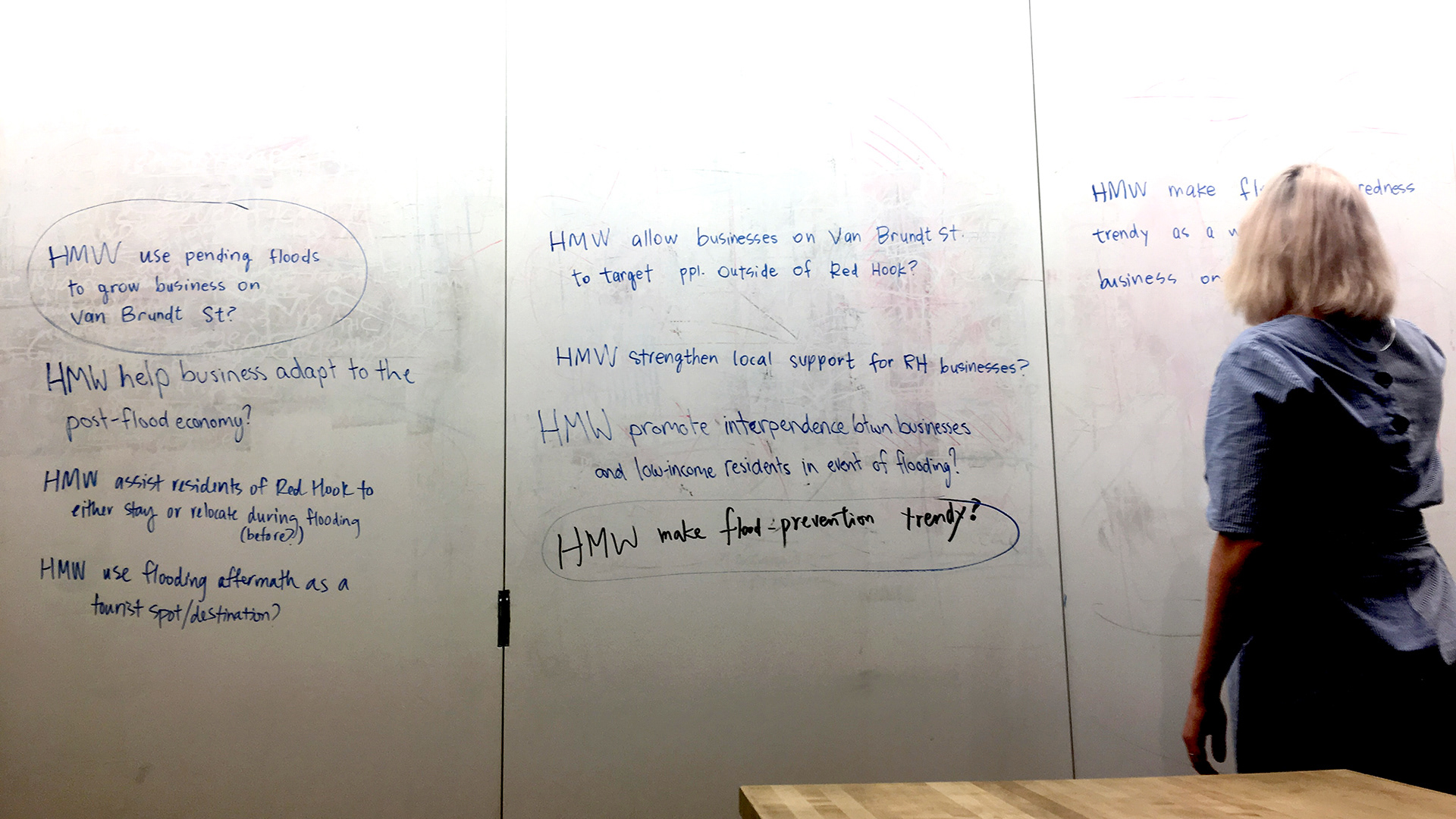
Ellen at the board, distilling the group-generated "how might we" questions
To effectively collaborate as a five-person team, we tried new methods for holding generative ideation sessions and review sessions to give each other feedback. These included the "Crazy 8s" sketching session and the "how might we" generative session above.